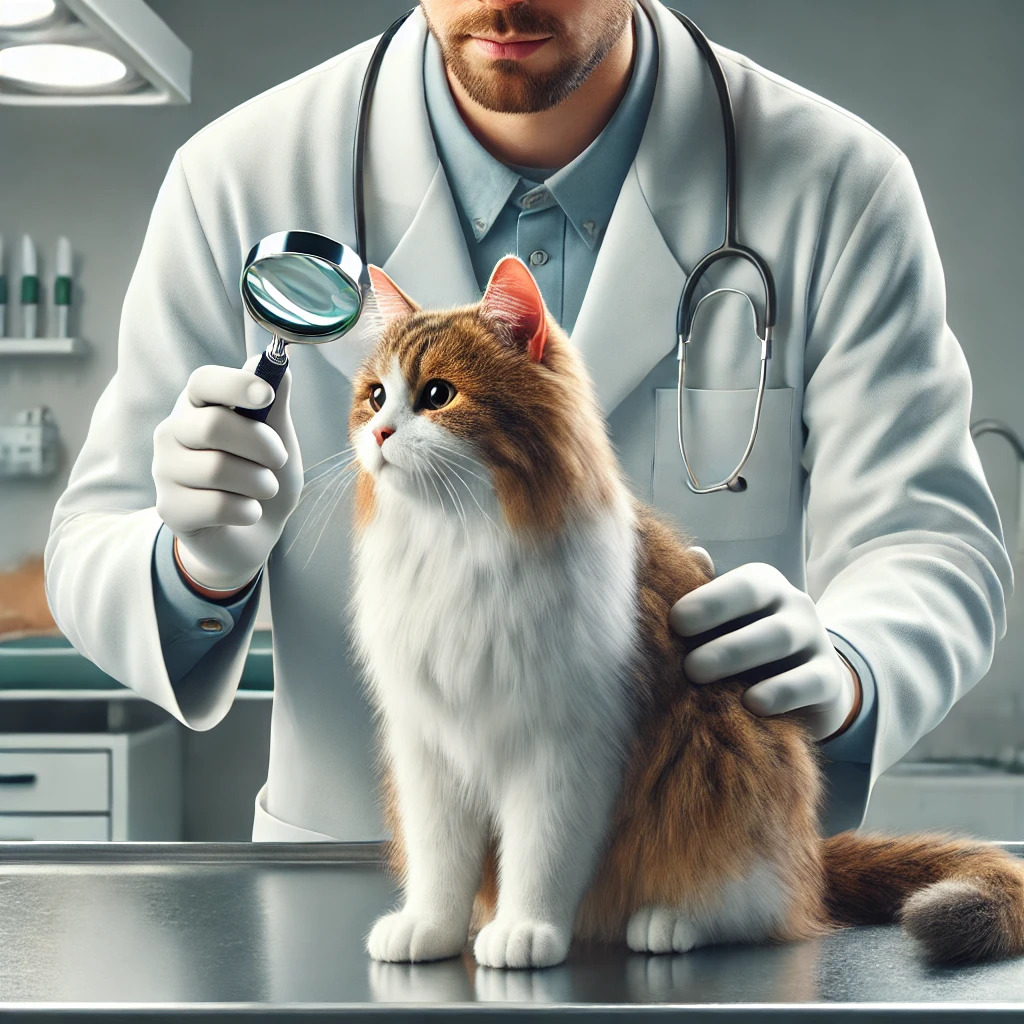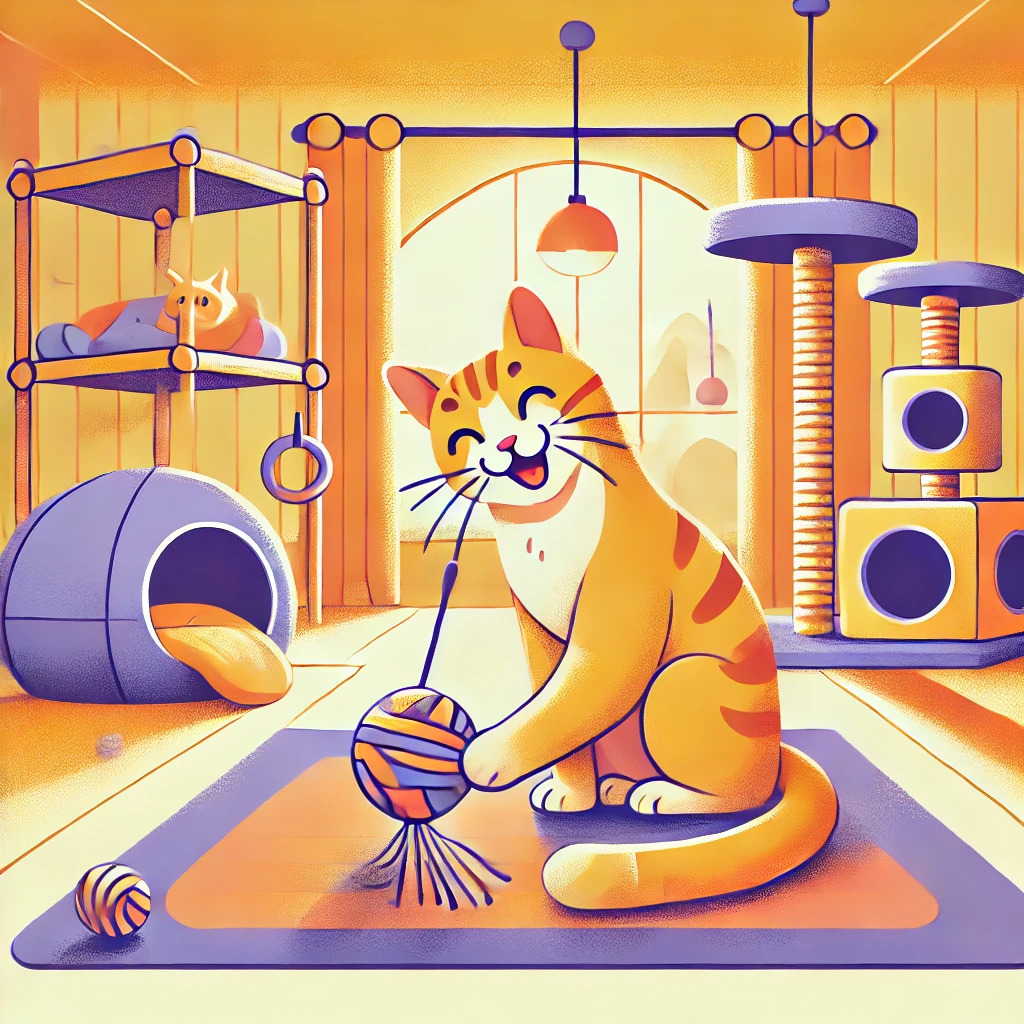Over-Grooming in Cats : A Definitive Guide to Resolution
Over-grooming is a frequent yet worrisome issue for cat parents. While grooming is an instinctive activity ensuring cleanliness and comfort, excessive grooming can signal underlying health or behavioral challenges. This guide delves into the causes of over-grooming and offers practical solutions to manage it effectively.
Understanding Normal Cat Grooming

Grooming is a fundamental behavior for cats, taking up nearly half of their waking time. It serves several vital purposes:
- Promotes hygiene: Eliminates dirt and debris from their coat.
- Regulates body temperature: Distributing saliva across their fur aids in cooling.
- Provides relaxation: Grooming acts as a self-soothing mechanism.
- Enhances social bonding: Cats groom each other to show trust and affection.
Recognizing normal grooming behavior is crucial in identifying excessive patterns.
Why Do Cats Groom?
Grooming offers more than cleanliness; it provides both physical and emotional benefits:
- Maintains coat and skin health : Removes loose fur, spreads natural oils, and prevents tangles.
- Helps with parasite control : Assists in removing fleas and other irritants.
- Manages stress : Cats use grooming as a method to alleviate anxiety.
By understanding typical grooming habits, you can better detect over-grooming.
Signs of Excessive Grooming
Excessive grooming, often termed psychogenic alopecia, is marked by:
- Hair loss or bald patches: Commonly on the abdomen, legs, or tail.
- Inflamed or sore skin: Indicative of over-licking.
- Obsessive focus on specific areas: Deviating from normal grooming routines.
If you observe these behaviors, identifying the root cause—whether medical, behavioral, or environmental—is essential.
Potential Medical Causes
Over-grooming often originates from medical issues. These may include:
Skin-Related Issues
- Parasites : Fleas or mites leading to persistent itching.
- Allergies : Triggers from food, pollen, or dust causing irritation.
- Infections : Fungal or bacterial infections resulting in discomfort.
Underlying Internal Conditions
- Chronic pain: Conditions such as arthritis may provoke licking for relief.
- Urinary problems: Abdominal licking may stem from urinary discomfort.
Consulting a veterinarian is vital when medical causes are suspected.
Addressing Medical Over-Grooming

To treat medically driven over-grooming:
- Seek veterinary advice: A comprehensive exam to identify underlying health issues.
- Use prescribed medications: Treatments for infections, allergies, or pain.
- Implement flea control: Regular flea preventative measures.
Prompt medical intervention is key to resolving over-grooming and avoiding complications.
Behavioral Triggers for Over-Grooming
If no medical causes are found, the problem may stem from behavioral factors:
Seeking Attention
- Over-grooming may become a strategy to gain their owner’s focus.
Boredom
- Limited activities or stimulation can lead to repetitive behaviors.
Anxiety and Stress
- Events such as new pets, household changes, or loud disturbances can heighten anxiety.
Displacement Behavior
- Grooming might serve as a coping mechanism for conflicting emotions.
Compulsive Behavior
- Persistent stress or trauma can result in obsessive grooming tendencies.
Strategies to Address Behavioral Over-Grooming

Behavioral solutions require commitment and a systematic approach:
Identify Triggers
- Observe patterns and situations that prompt over-grooming.
Eliminate Stressors
- Remove or minimize environmental triggers causing distress.
Establish Consistency
- Regular feeding, play, and rest schedules provide security.
Create Secure Spaces
- Offer a dedicated quiet zone for your cat to relax.
Avoid Unintended Reinforcement
- Do not reward or give attention during over-grooming episodes.
Break Behavior Cycles
- Interrupt patterns where grooming leads to stress alleviation.
Introduce Calming Tools
- Use pheromone diffusers or calming collars to reduce anxiety.
Provide Mental Stimulation
- Incorporate interactive toys, climbing structures, and scratching posts.
Avoid Punishment
- Punitive measures can heighten stress and worsen grooming.
Seek Professional Guidance
- Consult a behaviorist for tailored strategies to curb compulsive grooming.
Tackling the Challenges of Over-Grooming
Overcoming over-grooming requires patience and dedication. Challenges include:
- Distinguishing medical from behavioral causes.
- Maintaining a consistent environment and routine.
- Balancing interventions to avoid overwhelming your cat.
With persistence and the right approach, you can address over-grooming effectively. When in doubt, seek expert advice to ensure your feline companion’s well-being.
By addressing the root causes of over-grooming, you can help your cat regain a balanced and healthy grooming routine. A thoughtful and proactive approach can make all the difference in improving your cat’s quality of life.

